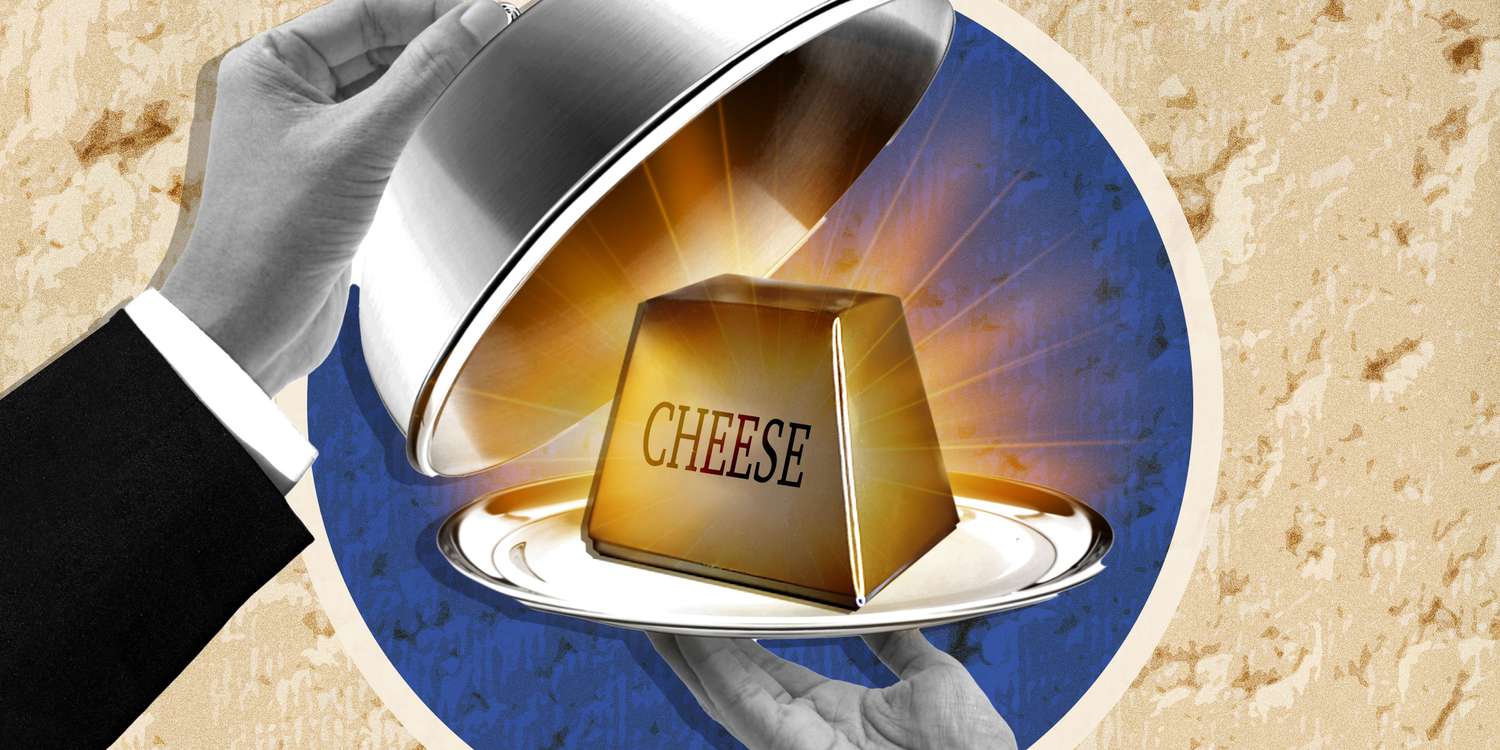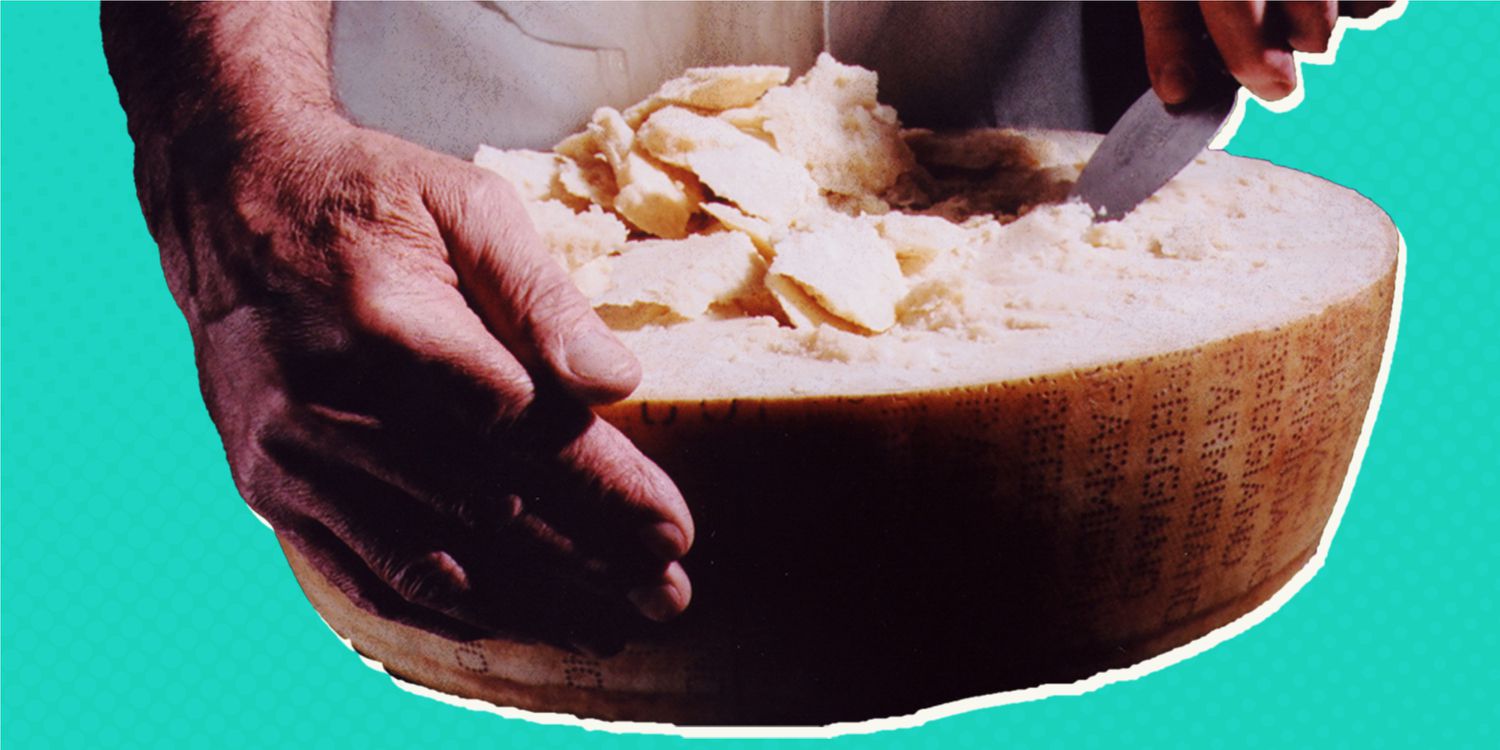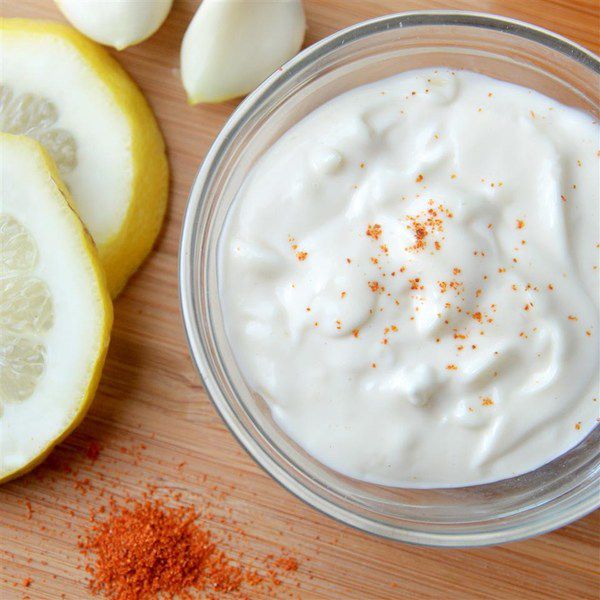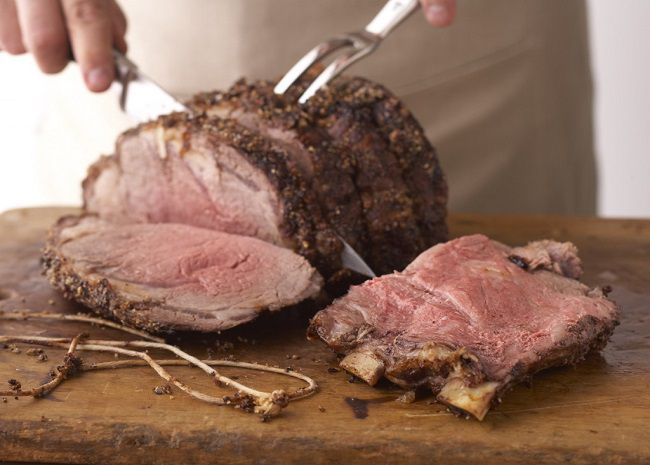When it comes to expensive cheeses, it’s a lot like couture. Really. To make a great cheese is to create something completely singular: incredibly intricate, with the best milk around, plus intense care and lots of time. And that inspires a price tag that might blow your mind… until you get a taste.
I had the chance to taste a couture-level cheese once in northern Spain: El Teyedu, an otherworldly Cabrales cheese aged in a cave in the mountains at an altitude of nearly 4,000 feet. In 2023, a single 4.8-pound wheel of El Teyedu set a Guinness World Record when it sold at auction for 30,000 euros. While the cheese doesn’t usually cost quite that much, it still showed me that you can’t rush–or fake–a good cheese, and that’s worth a lot of money. Just like high fashion.
This is also true for the world’s currently most expensive cheese outside of an auction. That honor goes to pule cheese (or magareći sir), a rare cheese produced in Zasavica Donkey Reserve in west central Serbia. The price? Around $600 a pound. To put this in perspective, a pound of Parmigiano Reggiano costs $15 to $25 per pound and up, depending on the producer and how many months the cheese is aged.
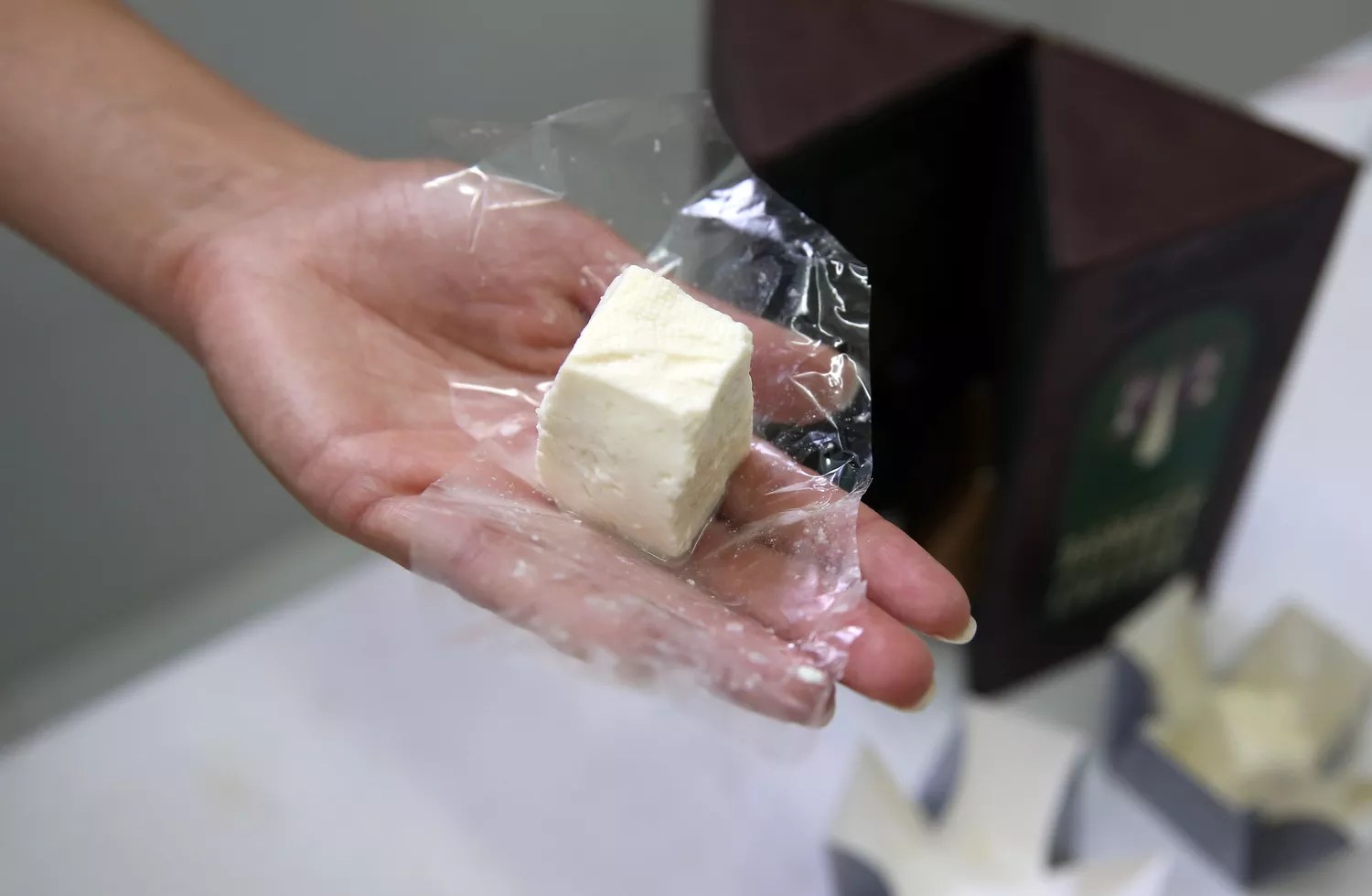
Getty Images / Bloomberg
What Makes Pule So Expensive?
Let’s start with where the milk comes from: not cows, not goats, not sheep, but donkeys. And unlike their fellow milk-producing animals, donkey milk is super rare. Further, the 120 or so Balkan donkeys are a rare and endangered breed, but now protected at Zasavica, one of the last remaining, authentically preserved wetlands in Serbia.
Rare donkeys in a rare environment is just the beginning of what makes pule cheese so special. The cheese is made from 60% donkey milk from the jenny (female), 40% goat milk, rennet, and a very secret recipe. But it takes 25 liters of donkey milk to make 1 kilogram (around 2.2 pounds) of cheese—and a jenny produces only about 1.5 to 2 liters of milk per day. (Compare that to a cow, which can produce up to 60 liters per day.)
Further, milking must be done three times a day by hand, according to Slobodan Simić, founder of the reserve, (the donkeys can’t be machine milked because of their anatomy). After that painstaking gathering of enough donkey milk, the cheese is put into 50-gram molds for 24 hours and aged for a month. That adds up to a lot of time.
Then there’s flavor: Pule’s flavor has been likened to Spain’s hyped manchego, with more richness and intensity and a uniquely soft and crumbly texture. Donkey milk contains 1% fat and 60 times more Vitamin C than cow’s milk–another influence on flavor, creating a nuanced sour tang. Is that a flavor worth paying top dollar for? Perhaps, especially when you consider that the high price is helping to fund the protection of this rare breed of Balkan donkey and its domestic habitat.
Where Can You Buy Pule?
Want to get a taste? You can’t buy pule in a cheese shop, so you’ll need to hop a plane to Belgrade and drive out to Zasavica Donkey Reserve for a firsthand visit. Or hop online and order your own from the reserve. Either way, that couture cheese moment is there to be invested in–and enjoyed.

